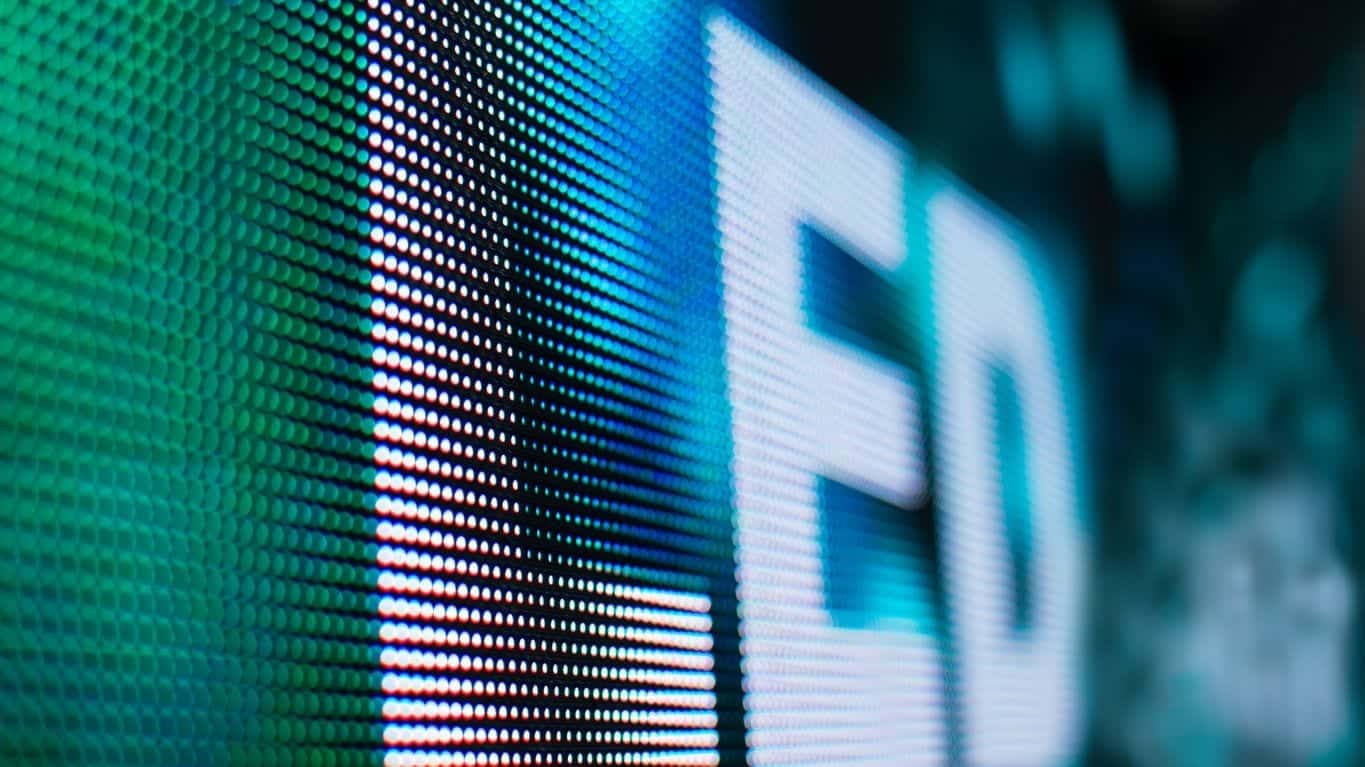
Traditional display technologies, like CRTs, have been present for many decades. They were commonly used in TVs and PC screens. However, CRTs have a limited lifespan, generally lasting around 10,000 to 20,000 hours of operation. This means that after a few years, consumers may notice a decline in image clarity, such as dimming or hue deformation. In contrast, LED panel screens can last significantly longer, frequently exceeding 50,000 hrs. This prolonged duration means that consumers can experience reliable functionality without the need for regular substitutions.
Another important aspect to take into account is energy conservation. LED panel panels utilize less power than traditional screens, which not only helps the environment but also lowers power costs. For instance, while a CRT screen may consume around 100 W of energy, an LED panel can consume as few as 30 to 50 watts. This difference in power usage contributes to the overall durability of LED technology, as lower energy consumption generates minimal heat. Excess thermal energy can damage electronic parts, resulting to a reduced lifespan for traditional screens.
In furthermore to their longer duration and energy efficiency, LED panel screens also provide superior visual quality. They offer more vivid hues and improved contrast, making them ideal for multiple uses, from advertising to learning displays. The innovation behind LED panels allows for a broader sight angle, meaning that images remain sharp and lively even when seen from the side. This is a significant benefit over conventional screens, which often suffer from hue deformation and diminished luminosity at wider angles.
In summary, the longevity of LED panel panels in contrast to traditional display technologies is a crucial aspect for buyers to take into account. With lifespans that can exceed 50,000 hrs, power conservation, and enhanced image quality, LED technology provides many advantages. As innovation continues to advance, LED wall panels are probably to turn even more common in various read more environments. Grasping these differences can assist people and entities make improved decisions when investing in display technology, ensuring they receive the optimal worth for their requirements.